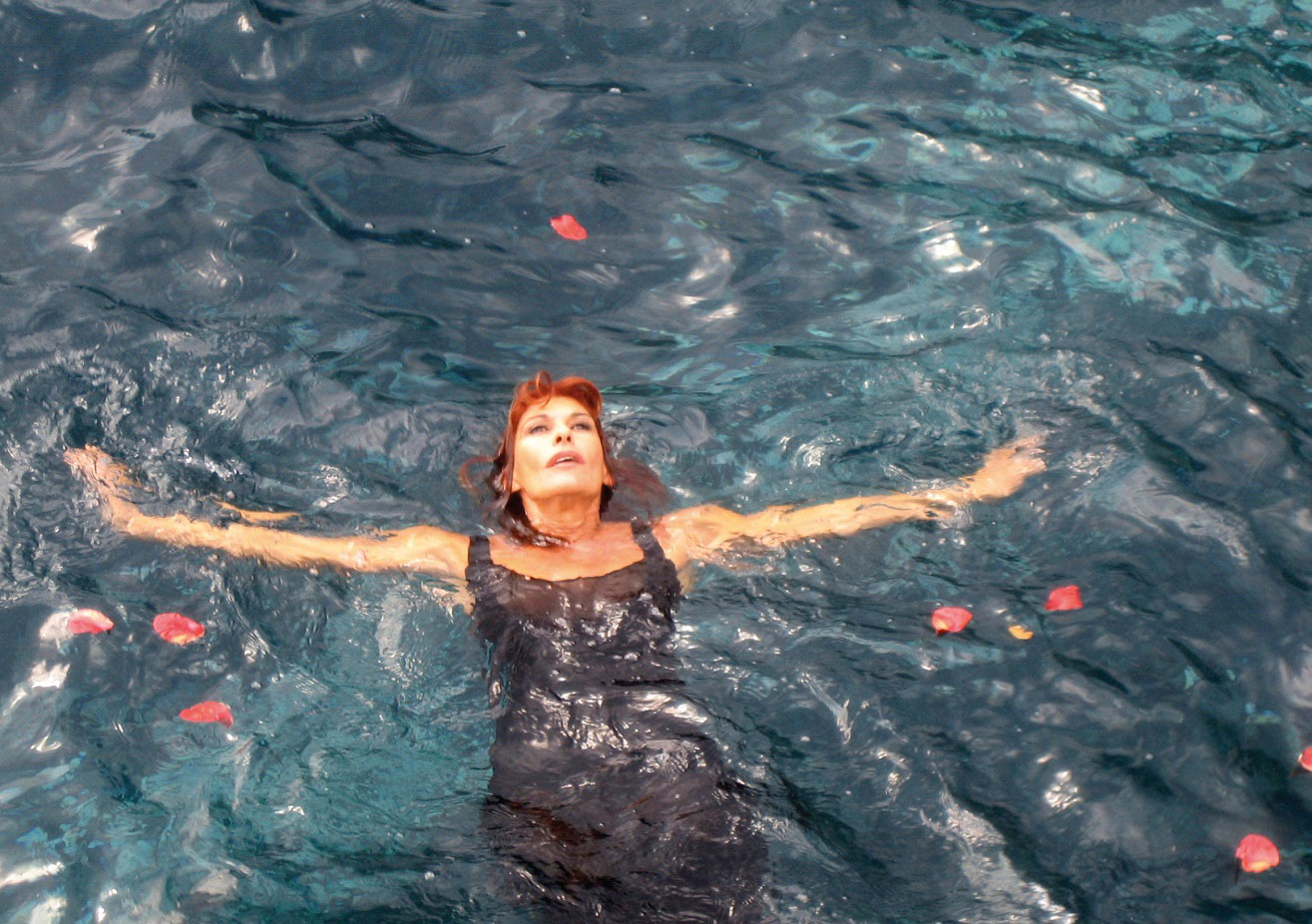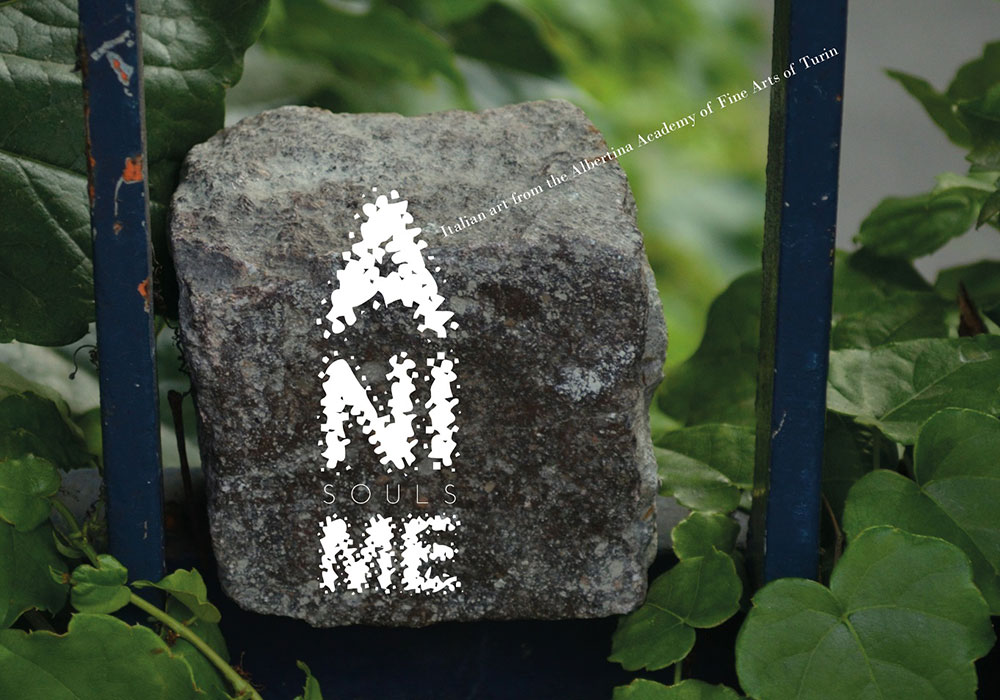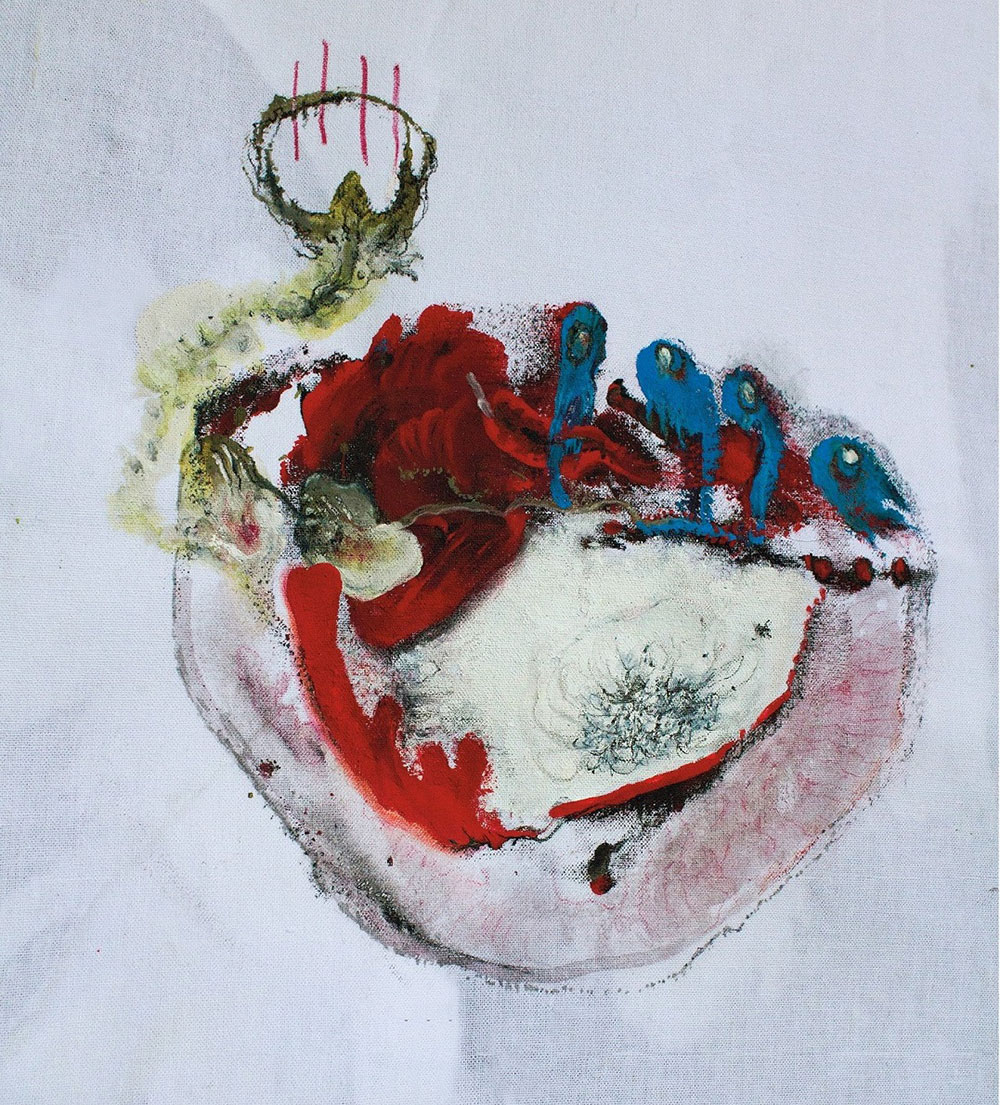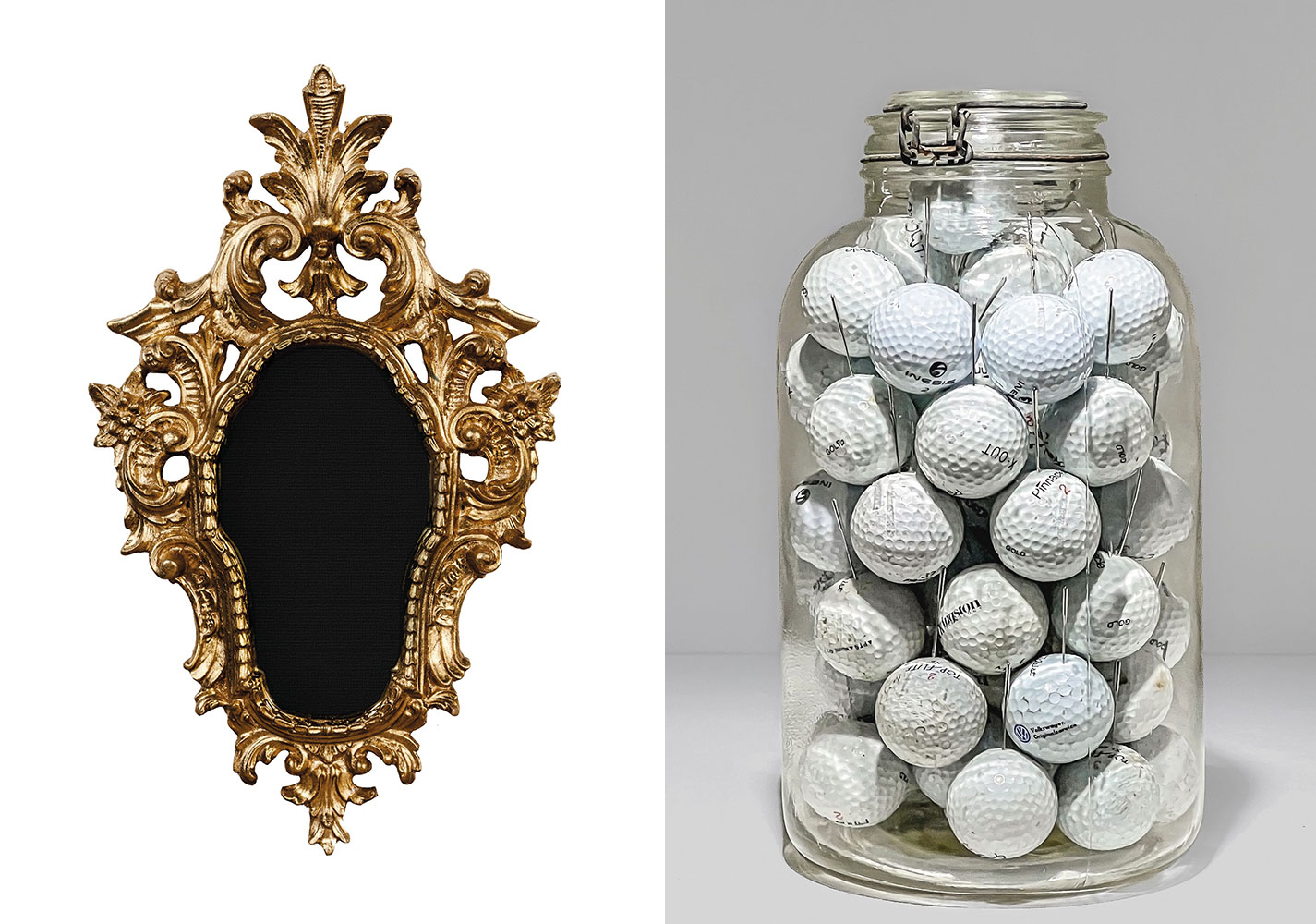PREVIEW: Anime at Hydra Annex-Athens School of Fine Arts (ASFA)
 The Albertina Academy has opened an Erasmus partnership with the Athens School of File Arts (ASFA) since 2016. During an Erasmus mobility carried out by Salvo Bitonti with colleagues Stefano W. Pasquini and Gabriele Romeo three years ago, the idea was that of bringing an exhibition of the students of Athens to Turin, a proposal welcomed by the Rector of the Academy, Nikos Tranos In turn, the Turin Academy is now presenting the “Anime” exhibition, in the “Tompazi mansion”, the exhibition space of ASFA on the island of Hydra, with research works by some young talents from the Academy next to their established professors.
The Albertina Academy has opened an Erasmus partnership with the Athens School of File Arts (ASFA) since 2016. During an Erasmus mobility carried out by Salvo Bitonti with colleagues Stefano W. Pasquini and Gabriele Romeo three years ago, the idea was that of bringing an exhibition of the students of Athens to Turin, a proposal welcomed by the Rector of the Academy, Nikos Tranos In turn, the Turin Academy is now presenting the “Anime” exhibition, in the “Tompazi mansion”, the exhibition space of ASFA on the island of Hydra, with research works by some young talents from the Academy next to their established professors.
Text: Gabriele Romeo
Photo ASFA Archive
Salvo Bitonti with “Phaedra”, (2007), retraces a long Eurypidic journey, paying homage to Greece, to his love for the “myth”, thanks also to the touching interpretation of Mita Medici and to a use of calm dialectic, from which the director balances the pauses of the recited narrative together with panoramas and crisp details of the crystal clear sea. Faced with the refraction of the sun on the “sea”, however, we are dazzled by an intense, deep, infinite light, like that of Dionysian origin that releases the sun from any admirable action from the naked eye of man. This is what happens with Roberta Fanti’s denied mirror in the work entitled “Pandora” (2022). Rethinking the “still life” as the subjectivity of a living action between the impulses of life and loneliness – the theme of famine, previously introduced in my introduction – is not by chance – is what Giuseppe Gallace proposes in his painting on canvas entitled “Il Pasto” ( 2022). We can see identity flags that shout out “freedom” with messages of solidarity, in the choice we propose with Stefano W. Pasquini, in the hand-embroidered flag titled “UF2001 (Sorry we’re open)” (2020). A purged reflection, that of the artist, which is also inserted in a pictorial, decorative and contextually graphic narration, intervening directly – thanks to its chromatic palette – on the artist’s book “UB2203”, (2019-2022) intended, this, as memorial, a diary of convergences destined to collect emotions and indelible moments of his biographical life. If Antony Gormley, today, in his anthropomorphic sculpture modulates the skeletons of his bodies between full and empty, leaving free the idea of the unknown about the recognition of the individuals portrayed, this is how Alex Pinna unlikely succeeds in proposing an equilibrist in all its material compression. The rope – medium used by the artist – becomes polysemantic: a foothold in which to anchor with delicacy, attention, danger, and an indeterminate trajectory of the destination to be reached (the goal). “Alias” (2022), shows us a traveler who travels one of the many roads that each of us might find himself having to choose between “destiny” and “will”, being careful not to fall into the void.
It is fun to think of the idea of a counter-field, or a clod of earth that is transformed from its context from nature to human artifice. From a golf course to a wood, which are indirectly enunciated, even though they are not present and depicted. This is what Vahid Rastgou proposes in “White Cherry Jam” 2022): from a conceptual point of view, the search for the ready-made is remarkable that our young creative in this work transforms, as in a spell, from cherry jam into surprising golf balls. A fabula of the tale beyond rhetoric, the jam jar is transformed, thus decontextualizing the meaning, or perhaps wanting to rectify one of the many fairy tales of the Brothers Grimm. From a type of painting strongly defined by sign in Arianna Scubla, we find, in the painting titled “I mostri nel mostro” (2022), a reflective and instinctive “biomorphic research” is destined to focus on an introspection on the body, sniffing nightmares and dreams originated from the “detail” and the “vivisection of the particular”, perhaps, for the purification of the eternal soul, going beyond those boundaries of restlessness that Goya or Füssli were the first to explore in figurative painting. Other topics related to aspects of communication in society and especially addressed to the childhood age have been anthropologically explored by Andrea Stefanelli on the site-specific sculpture “Buddha But More I’m Alone Behind My Dev / Eyes /” (2020). The sociality of the child becomes the headache to be solved, since his integration into contact with his fellow man, that is “the other”, corresponds to the exploration of a world with all the equivalent pitfalls. The otherness that manifests itself as unknown is today pursued by a “digital scroll contact” with the fingers on a tablet or any mobile device. But all this lacks a guide, a support, an educational primer that can at the same time correct, in an “unconscious child”, the numerous cases of dyslexia, SLD, and those pathologies that today statistical data reveal – limited to childhood age – strongly growing. But, returning to the water, Laura Valle offers to our reflection, a sensitive demonstration of resilience starting from childbirth. The woman becomes the heroine of life, she generates light to creation with all her chromatic shades. And in “Subsurface” (2019), the artist presents a portion of this complex work on display, the third and final part of a trilogy. Photographic images of deep immersions that reveal a sequentiality with a “muybridgian” imprint. Immersion in water, being thrown is a “suspension” of equilibrium and the “woman” struggles b/etween the translucent shades of blue, holding her breath, descending deeply into the abyss to then be able to rise again, in a complex path of conquest, in search of calm and “ascetic” and “transcendental” visions. We conclude the exhibition with Alice Wunderle’s graphic research. While taking iconic images belonging to Pop culture – from a pack of cigarettes to the worn and mocked portrait of Alice in Wonderland – our young artist for the series entitled “S66 Untitled” (2021) provides us through her digital drawing with the contemporary drama of satire and parody apparently extracted, in my opinion, from the visual phenomenon of the new expressive trend defined with the term Jeek Art. The Jeek Art that manifests itself in new artists as a consolidation between iconic aspects of superheroes, often extracted from the world of comics, combined with a very advanced use of technology and digital processing, finding a landing within the media practices of consumption pursued by Diamond Generation (born after about 1980).
Participating Artists: Salvo Bitonti, Roberta Fanti, Stefano W. Pasquini, Alex Pinna, Laura Valle, Giuseppe Gallace, Vahid Rastgou, Arianna Scubla, Andrea Stefanelli and Alice Wunderle
Photo: Salvo Bitonti, Phaedra (Freely inspired by Euripides’ work Ippolito and to the poem Phaedra by Ghiannis Ritsos), 2007, Duration 27’, Dvd Pal 16/9 Dvcam, with Mita Medici (Phaedra), Antonio Mancino (Theseus), Ivo Micioni (Hippolytus), Written and directed by Salvo Bitonti, Photography: Dario Corno, Music: Dario Arcidiacono, Set Design: Salvo Bitonti, Costumes: Vera Cozzolino, Editing: Michele Fornasero , Simone Catania, The film was shot entirely on the island of Stromboli, © & Courtesy Salvo Bitonti
Info: Curator: Prof. Gabriele Romeo, Hydra Annex, Athens School of Fine Arts (Tompazi Mansion) Hydra Island, Greece, Duration: 10-21/9/2022, Days & Hours: Daily 17:00-21:00



Right: Vahid Rastgou, White Cherry Jam, 2022, Ready-made, 19 x 19 x 30 cm, © & Courtesy Vahid Rastgou
